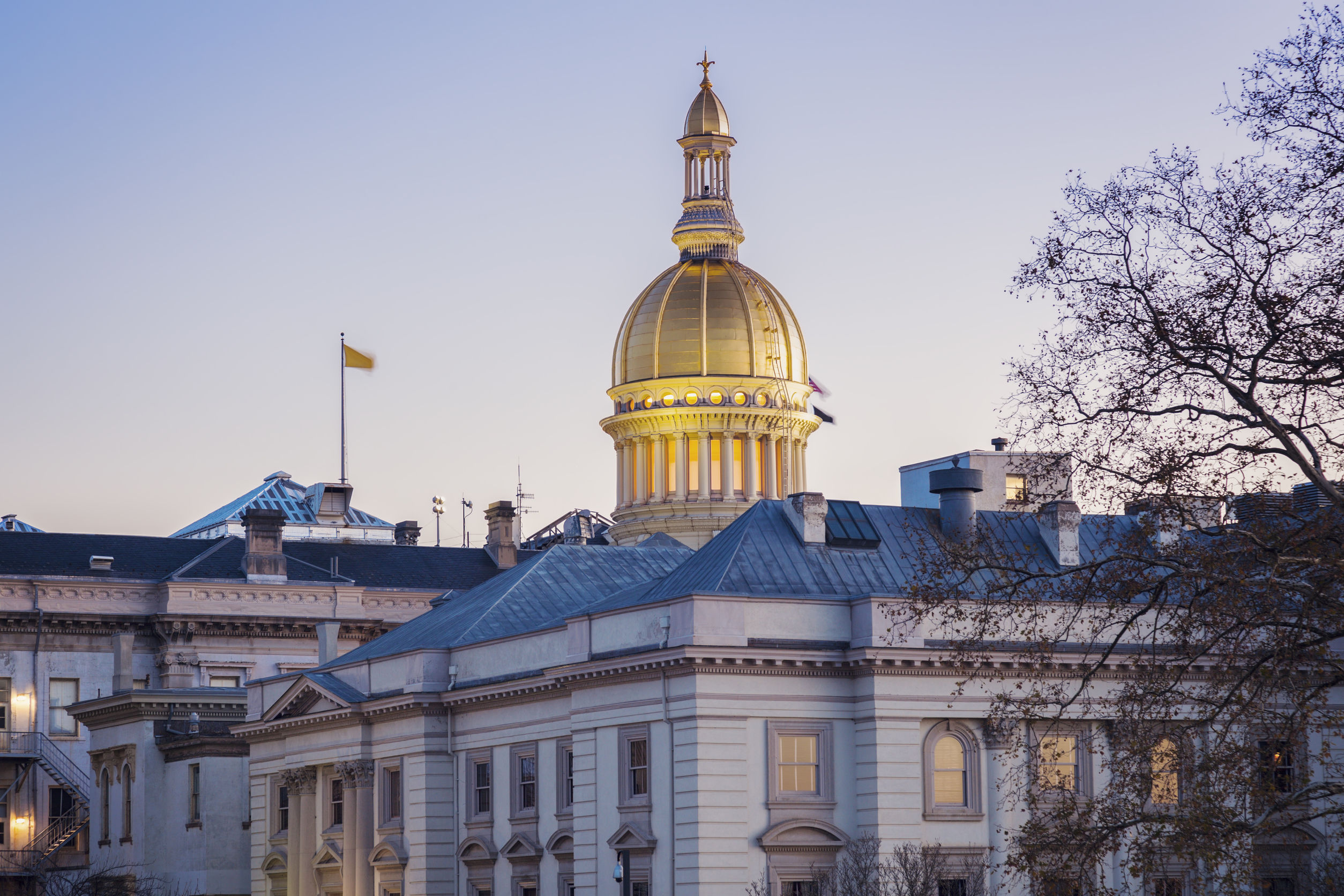
Updated: As of August 2021, Solar Renewable Energy Certificates (SRECs) are distributed through New Jersey’s Successor Solar Incentive (SuSI) Program and are known as SREC-II’s. Read our explainer on New Jersey solar incentives to learn more.
Believe it or not, solar renewable energy certificates are among some of the best solar incentives in New Jersey. At 15.78¢/kWh, electricity rates are 32.83% higher than the national average which makes the Garden State one of the top viable states in the nation for homeowners to go solar. Continue below to learn about the nation’s most competitive SREC market.
Renewable Portfolio Standard in New Jersey
According to the Solar Energy Industries Association, a renewable energy standard or renewable portfolio standard (RPS) requires utility companies to source a certain amount of energy they generate or sell from renewable sources such as wind and solar. Currently, there are 38 states that have renewable portfolio standards in place and some ambitious target goals to reach by a target date. The state of New Jersey is known for the third-most ambitious renewable portfolio standard just trailing behind California and New York. The state must generate 5.1% of its energy from solar energy by 2021. In as little as 9 years, the state must generate 50% of its energy from renewable sources by 2030.
What are SRECs?
Solar Renewable Energy Certificates or SRECs are solar incentives available in a small number of states with a Renewable Portfolio Standard. As mentioned above, states with an RPS must source a certain amount of energy from renewables. If this is not reached, utility companies will purchase SRECs from homeowners for every megawatt-hour (MWh) of electricity that is generated. In New Jersey, homeowners are able to access 6 SRECs a year for 10 years at an average rate of $200 per SREC. Let’s take a look at how much homeowners can potentially earn with SRECs:
- $200 x 6 SRECs = $1,200/year
- $1,200 x 10 years = $12,000 in 10 years!
How do New Jersey SRECs work?
Homeowners earn a single SREC for every MWh of electricity generated. Depending on the time of registration, homeowners can begin receiving SRECs for every MWh of electricity generated for the first 10 or 15 years of installation. Homeowners must register with the Generation Attribute Tracking System (GATS) to begin selling their SRECs in a competitive market just like one would trade stocks on the stock market. As we mentioned above, utility companies are the buyers of SRECs. When utility companies do not meet the state’s RPS, they must pay a Solar Alternative Compliance Payment (SACP), a penalty price that they must pay per SREC.
If you’re a homeowner in New Jersey, you’re in luck. While electricity rates average around 15.78¢/kWh, 32.83% higher than the national average, there are competitive incentives available for homeowners to consider solar to lower their electric bills. As we have mentioned in this video, with the state’s RPS goals, New Jersey is practically rewarding homeowners when they make the switch as they reach closer to their goals. Ready to see how much solar panels cost in your area? Visit the Solar.com online marketplace to receive competitive solar quotes today and learn how you can lower your electric bills and the available incentives in your state!






